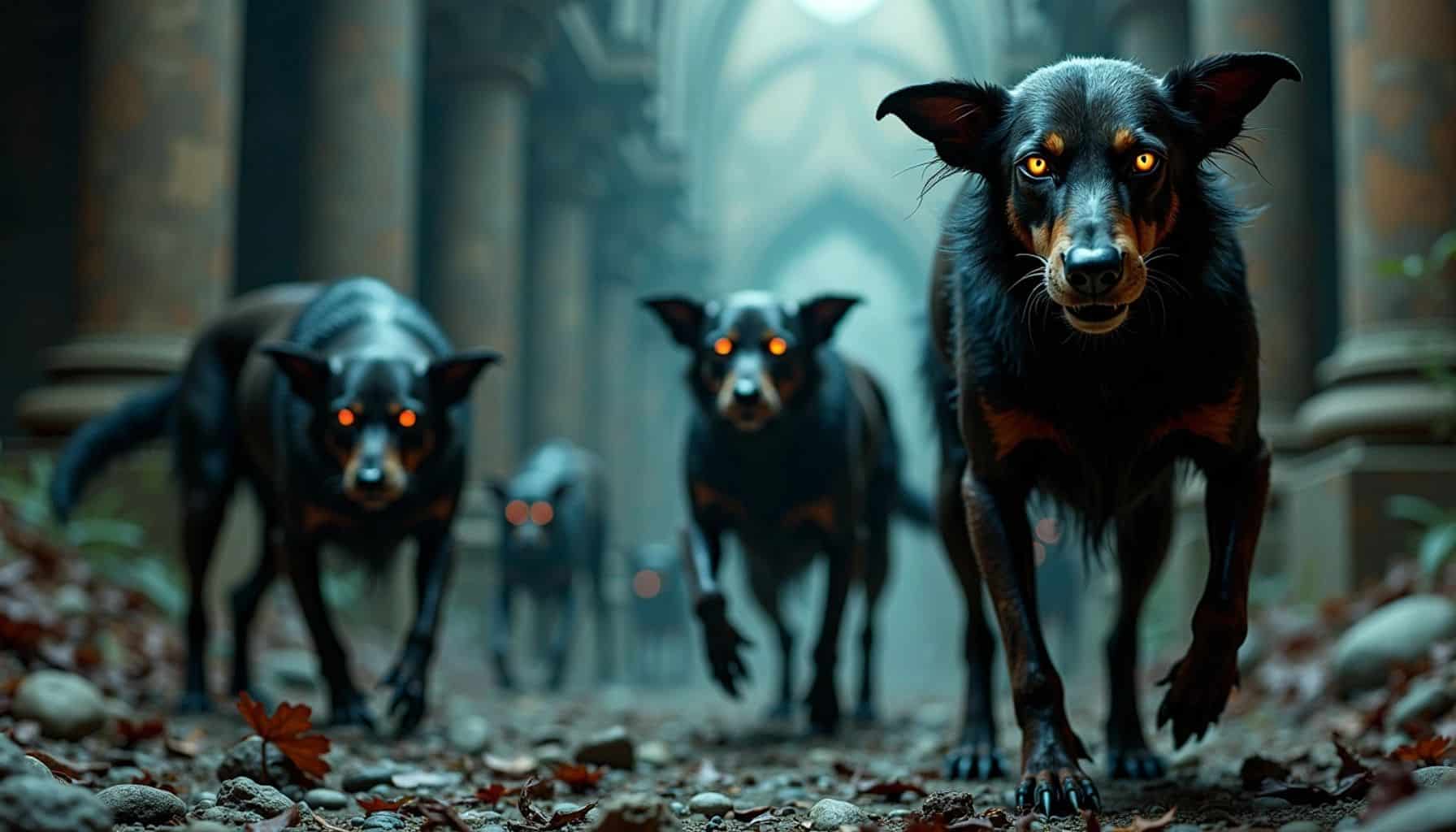In ancient Babylon, dogs were viewed in a complex light, often classified as monsters to be avoided. This article delves into the mythology surrounding dogs in Mesopotamian civilization, exploring their roles, symbolism, and the intriguing legends that shaped their perception.
Key Takeaways
- Dogs were seen as monsters in ancient Babylon.
- The Molossus breed was used for protection during battles.
- Dogs were associated with the Hounds of Marduk and the Anunnaki.
- Legends depict dogs in a negative light, often as demons.
The Dog’s Role in Babylonian Society
The Babylonians had a unique relationship with dogs. Despite having an excellent breed known as the Molossus, they were not fond of depicting them in art. Instead, dogs were often viewed with disdain, classified as creatures to be avoided. This perception is intriguing, especially considering their protective qualities.
During battles, the Molossus breed was left behind to guard families. This practice highlights the duality of dogs in Babylonian culture: protectors at home but viewed as monsters in society.
The Hounds of Marduk
In Babylonian mythology, dogs were often linked to the Hounds of Marduk, a significant figure among the Anunnaki. These dogs were believed to have a deeper connection to the divine, serving as guardians against evil forces. However, the legends surrounding them often painted a darker picture.
The Demonization of Dogs
The negative portrayal of dogs can be traced back to various legends. One such story involves a shepherd tormented by dogs. In his desperation, he prayed to the god Aah for protection. The response was a command to overcome the dogs, suggesting that they were not merely companions but also threats.
This narrative reflects a broader theme in Babylonian mythology, where dogs were often demonized. The demon Pazuzu, known as the king of the winds, further contributed to this negative image, associating dogs with chaos and destruction.
The Language of Dogs
Interestingly, the names given to dogs in Babylonian culture reveal much about their perception. Names like He Ran and Bared suggest mischievous and aggressive traits. These names were not just identifiers but also reflected the cultural attitudes towards dogs.
The bilingual nature of Babylonian script, with its Samarian roots, adds another layer of complexity. The meanings behind these names often hinted at a darker side, reinforcing the idea that dogs were seen as more than just animals—they were symbols of chaos.
Conclusion
The mythology of dogs in ancient Babylon is a fascinating study of how culture shapes perception. While they served as protectors, their portrayal as monsters and demons reveals a complex relationship with humanity. The legacy of these beliefs continues to influence how we view dogs today, reminding us of the intricate tapestry of history and mythology that surrounds our four-legged companions.




